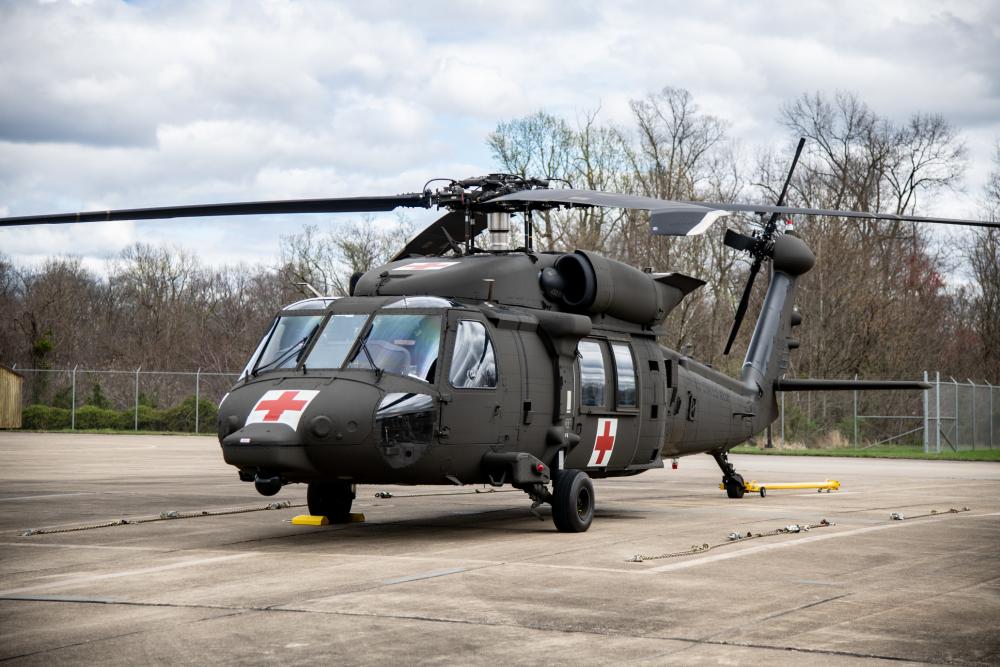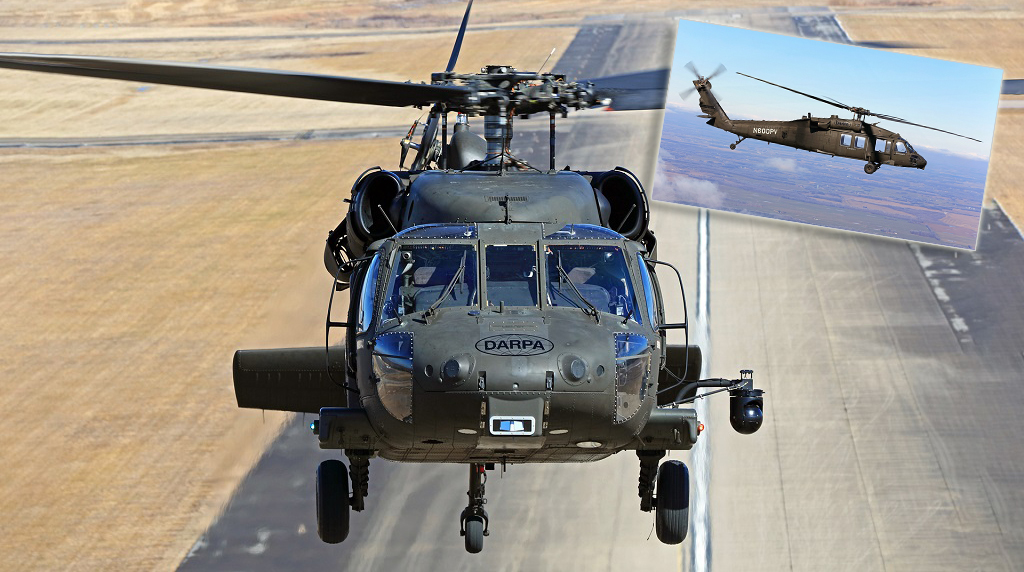History and Advancement of the UH 60 Black Hawk Helicopter
History and Advancement of the UH 60 Black Hawk Helicopter
Blog Article
The Impact of Lasting Practices on the Future of Airplane Procedures and Emissions Decrease
As the air travel sector deals with raising scrutiny over its environmental influence, the fostering of sustainable practices arises as a critical pathway toward future airplane operations and exhausts decrease. Technologies in sustainable aviation gas and developments in crossbreed propulsion innovations stand at the leading edge of this change, promising considerable decreases in greenhouse gas emissions. The effective integration of these initiatives hinges on a range of factors, consisting of regulatory frameworks and sector partnership. The inquiry stays: just how will these evolving techniques reshape the characteristics of air travel and add to a much more sustainable future?

Overview of Lasting Practices
Sustainable practices in aircraft procedures incorporate a variety of approaches focused on reducing environmental influence while preserving operational performance. These methods are vital in the air travel market's commitment to lessening its carbon footprint and sticking to worldwide environmental standards. Trick campaigns include maximizing trip paths to reduce gas usage, enhancing maintenance methods to make sure aircraft operate at peak performance, and carrying out advanced modern technologies such as winglets and lightweight materials that improve the rules of aerodynamics.

Educating and involving staff on sustainability methods likewise play an essential role, promoting a culture of environmental obligation within organizations. On the whole, the combination of these sustainable practices not only helps in reducing exhausts yet also improves the long-lasting feasibility of the air travel field, ensuring it meets the needs of both consumers and governing bodies while adding to global sustainability goals.
Innovative Gas Alternatives
Numerous cutting-edge fuel alternatives are emerging as essential remedies to reduce the aeronautics industry's dependence on standard nonrenewable fuel sources. Among these options, Lasting Aeronautics Fuels (SAFs) have gotten considerable focus as a result of their potential to decrease lifecycle greenhouse gas emissions by up to 80% contrasted to traditional jet gas. SAFs are stemmed from numerous feedstocks, consisting of waste oils, agricultural deposits, and even algae, making them a functional alternative for the market.
Another appealing choice is hydrogen gas, which, when made use of in gas cells, produces only water vapor as a by-product. Furthermore, electric propulsion systems are being discovered, leveraging battery modern technology to power aircraft.
Lastly, biofuels stemmed from biomass are being examined, offering a sustainable option that can be blended with typical fuels. Collectively, these cutting-edge gas options represent an important step toward attaining a lasting aeronautics environment, aligning with worldwide exhausts decrease targets and boosting the market's ecological stewardship.
Technical Developments in Aeronautics

How can technical advancements reshape the future of aviation? Developments such as hybrid and electric propulsion systems are at the center, encouraging considerable decreases in gas consumption and greenhouse gas exhausts.
In addition, the application of sophisticated products, such as lightweight compounds, browse around these guys adds to improved aerodynamics and gas efficiency. Using man-made knowledge and equipment learning in trip operations enhances course preparation and lowers fuel melt by allowing real-time adjustments based upon climate and traffic problems. Additionally, the growth of self-governing and remotely piloted airplane systems stands to revolutionize cargo and traveler transport, potentially raising effectiveness while reducing human error.
Additionally, lasting air travel technologies, including advanced air traffic administration systems, can reduce and improve operations blockage, bring about reduced exhausts throughout trip. These innovations jointly represent a paradigm shift in air travel, guaranteeing a future where sustainability and functional efficiency are intertwined, therefore sustaining the sector's dedication to reducing its environmental impact.

Regulative Framework and Conformity
Because of the expanding focus on ecological stewardship within the air travel sector, the governing structure governing airplane procedures is developing to advertise lasting practices. Regulative bodies, such as the International Civil Air Travel Organization (ICAO) and numerous nationwide aeronautics authorities, are introducing strict standards focused on lowering exhausts and boosting operational efficiency.
These laws commonly consist of the fostering of Lasting Aeronautics Fuel (SAF), which has been identified as an essential part in attaining reduced carbon footprints. Conformity with these guidelines requires airlines to apply advanced innovations and operational techniques, such as his comment is here enhanced trip courses and enhanced air web traffic monitoring, to minimize fuel usage.
In addition, the enforcement of exhausts trading schemes and carbon offsetting campaigns is becoming progressively common, engaging airlines to monitor and report their discharges properly. Non-compliance can result in substantial penalties, hence pushing operators to prioritize sustainability in their organization models.
Inevitably, the advancing regulative landscape not only drives development and financial investment in green technologies but also fosters a society of accountability within the air travel market. As these frameworks remain to create, the focus on sustainable methods will be integral to achieving the market's lasting environmental goals.
Future Trends in Airplane Operations
As the air travel market adapts to an increasingly rigorous regulative setting, future trends in aircraft procedures are established to concentrate on innovative solutions that even more enhance sustainability and efficiency - uh 60. Secret advancements will likely consist of the fostering of sophisticated air website traffic monitoring systems, which use real-time data and expert system to enhance trip paths, reducing gas consumption and emissions
One more substantial trend is the increased assimilation of lasting aviation fuels (SAFs) These choices to traditional jet fuel, acquired from sustainable resources, can substantially lower lifecycle greenhouse gas exhausts. The industry's commitment to SAFs will likely accelerate as airlines work together with gas manufacturers to make certain schedule and cost-effectiveness.
In addition, the press in the direction of electrification and crossbreed propulsion systems is obtaining momentum. Emerging airplane layouts will integrate these innovations, supplying quieter and much more effective operations, especially for short-haul trips.
Verdict
The fostering of click here now sustainable aviation fuels, coupled with improvements in electric and hybrid propulsion systems, is essential for decreasing lifecycle greenhouse gas emissions. Enhancing flight paths and accepting ingenious technologies contribute to a quieter and much more environmentally friendly aeronautics field.
Innovations in sustainable aeronautics fuels and innovations in hybrid propulsion innovations stand at the forefront of this change, encouraging significant reductions in greenhouse gas exhausts.Numerous innovative gas choices are emerging as critical options to lower the aviation market's dependence on typical fossil fuels - uh 60. Among these options, Sustainable Aeronautics Gas (SAFs) have acquired considerable focus due to their possible to reduce lifecycle greenhouse gas emissions by up to 80% contrasted to standard jet fuels.An additional significant fad is the enhanced integration of sustainable air travel gas (SAFs) The fostering of lasting aviation gas, combined with improvements in hybrid and electrical propulsion systems, is crucial for minimizing lifecycle greenhouse gas emissions
Report this page